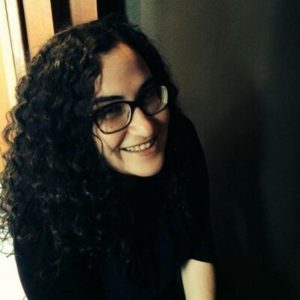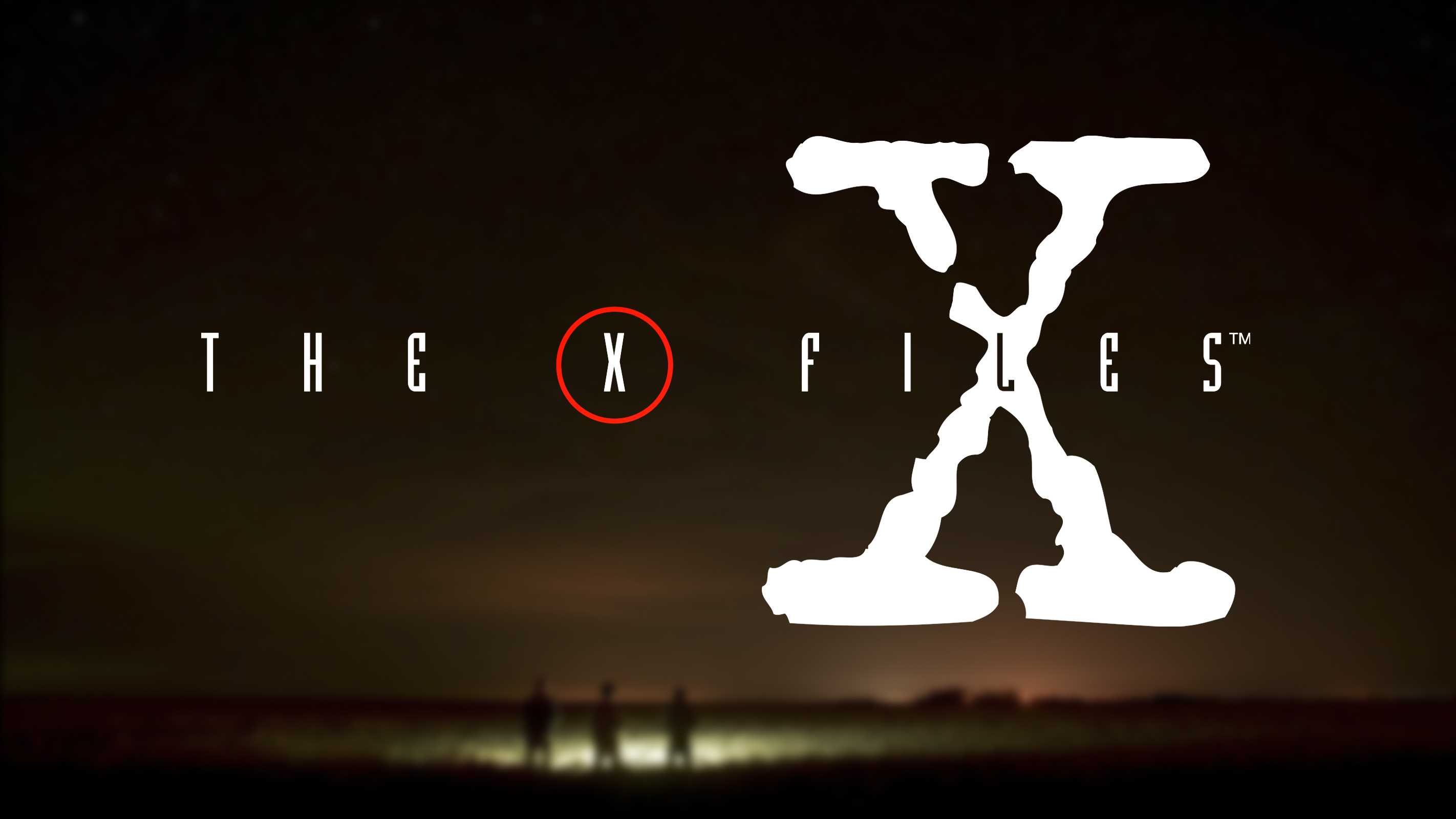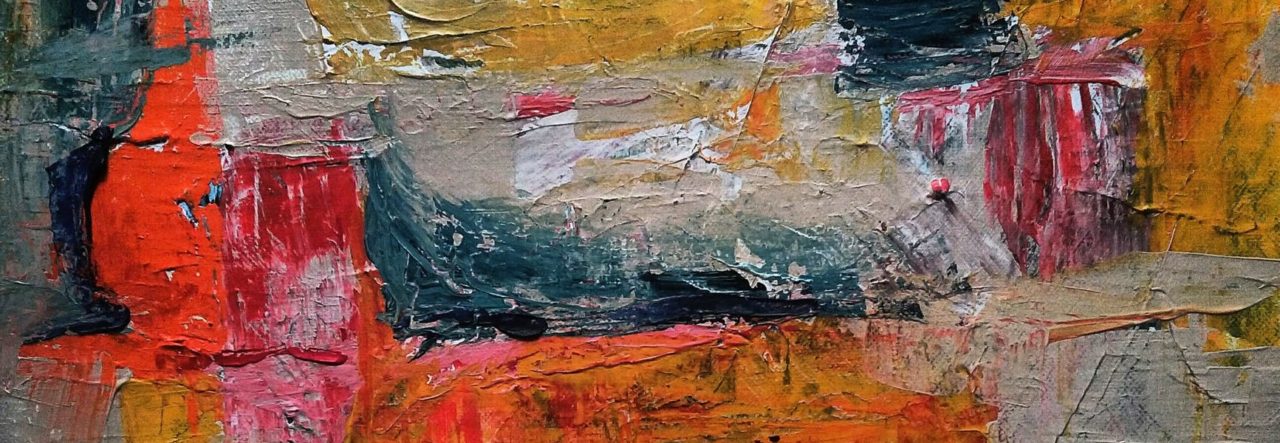 The first Industry Insider interview of 2019 is with Emily Feinberg, who got on my radar because her name kept appearing in the Dealmakers section of Publisher’s Marketplace. But what REALLY sealed the deal for me in terms of making her a priority must-have for a 2019 Industry Insider interview? Her terrific Twitter bio that simply confirms what I already suspected–we’re kindred spirits. Like literary peas in a bookish pod. Like two ducks in an inky ocean of words. Like two psychic penguins who … well, you’ll see for yourself.
The first Industry Insider interview of 2019 is with Emily Feinberg, who got on my radar because her name kept appearing in the Dealmakers section of Publisher’s Marketplace. But what REALLY sealed the deal for me in terms of making her a priority must-have for a 2019 Industry Insider interview? Her terrific Twitter bio that simply confirms what I already suspected–we’re kindred spirits. Like literary peas in a bookish pod. Like two ducks in an inky ocean of words. Like two psychic penguins who … well, you’ll see for yourself.
Here’s her Twitter bio:
“Children’s book editor at Roaring Brook Press, a Broadway music lover, and a dog fanatic.”
What more do you need than that, right?
But here at OPB we under-promise and over-deliver, so let me offer up four more facts that might just confirm how you too are (quite likely) kindred spirits with Emily to some degree.
Favorite coffeehouse beverage: A cappuccino with cinnamon on top.
Favorite snack: Anything with chocolate…but no raisins. Never raisins.
Favorite childhood book: I had many but I was particularly fond of The Story of Ferdinand and The Little Prince.
Coolest talent not enough people know about: I can wiggle my ears.
So now that we’re all pals here, let’s get to that OPB interview and learn more about why authors love working with Emily. And perhaps, too, we’ll get to the heart of that anti-raisin thing!
Roaring Brook Website: www.us.macmillan.com/publishers/roaring-brook-press
Facebook: www.facebook.com/emily.feinberg.3
Twitter: @EmilyFeinberg
RVC: What type of childhood did you have, and how did it prepare you for a career as a kidlit editor?
EF: I was raised by a mother who was a librarian, so my brother and I spent tons of time in the library. The children’s room was often our babysitter. I wouldn’t call myself a huge reader as a child, at least not in a traditional sense. I was never much for novels but I would become obsessed with biographies of real people, reading Helen Keller’s story over and over again, or any book I could find on Nadia Comaneci or gymnastics. I also loved David Macaulay’s The Way Things Work.
In elementary school, I thought I wasn’t really a reader but that was just because I wasn’t reading what other people were reading. I was reading all the time, though. As I got older, in junior high and high school, I grew to like fiction more but spent most of my time reading The X‑Files fan fiction. Pages and pages. Probably tens of thousands of pages. So I guess I was a reader. We always had books in the house, always had older relatives asking us what we were reading, occasionally bribing us with a dollar for a book report. Now, I read a lot more traditional books for my job but as an editor tend to like less traditional books as well as nonfiction.
RVC: What about The X‑Files fan fiction drew you in so powerfully?
EF: For me, The X‑Files was always about character and storytelling. The mysteries were cool, and of course the aliens and conspiracies, but ultimately it was Mulder and Scully and their relationship that drove the show. I always loved TV more than movies because you could invest in the characters more deeply and for a longer period of time. It’s not over in two hours. I think fan fiction just extends that even longer. I could finish an episode and within a day or two, there would be stories online extending it. I always thought that was really cool.
RVC: At what point during your master’s degree program in Children’s and Adolescent Literature at Simmons College did you realize your future was in publishing?
EF: I actually knew I wanted to be an editor going into grad school and picked the Simmons program because I had heard great things about the faculty.
RVC: How did you know you wanted to be an editor? What were the signs?
EF: In high school I would go over my friends’ papers for them and help them form better sentences. In return, they’d explain math to me. At one point in high school, my mom and I took a trip to San Francisco (we lived in LA county) to visit a friend of hers who owned a small publishing house in Berkeley. He showed us around and I asked a million questions but still didn’t really know I wanted to be an editor. I remember just liking the atmosphere at the publishing house. I finished grad school at Simmons and worried I’d never break into the industry, which is super competitive, especially on the editorial side, so I took the LSATs. I would have gone to law school but a friend said to me “you’ll hate it–you need to do something more creative.” And for some reason that really stuck. So I kept trying to get into publishing and eventually it worked out.
RVC: It seems that some NY editors hide from authors, but you do the opposite. You’re active on the SCBWI scene, and you do cool things like picture book webinars for Kidlit411. Sure, you’re networking and all that, but as a creative, what do you get out of these activities? In what way(s) do they feed you?
EF: Well, honestly, publishing isn’t the most lucrative business to work in and participating in SCBWI conferences and webinars helps me make ends meet. I do enjoy meeting people at the conferences, though, and it helps me stay fresh and updated on industry conversations.
RVC: What do you see as the current trend(s) in the picture book world?
EF: We talk about this a bit at Roaring Brook. I think right now we’re seeing a strong response to or current political climate, whether its books teaching empathy, nonfiction teaching civics and government, or books about strong girls and women. That makes sense to me, especially with kids books. You don’t want to be didactic but I think writers and illustrators right now, along with editors, want to give kids the tools they need to understand what’s happening around them.
Also, unicorns.
RVC: What’s the most common misconception about the life/work of a NY kidlit editor?
EF: One thing I think about a lot is what writers and editors have in common. People maybe don’t know that editors also face a lot of rejection and you have to develop really thick skin. If I’m going to take a book to acquisitions meeting, sit in front of 30 people, and try to convince them to invest in it, in the author, in the illustrator, my heart is tied up in that, too. Children’s books have a long lead time. It takes around 2–2.5 years to make a picture book from acquisition to publication, and I certainly don’t want to spend two years on a project I don’t absolutely love. But with all that comes some in-house pressure that I’m not sure is ever really communicated to the author.
RVC: What does your editorial process look like?
EF: I’m a visual person so I try to book map everything so I can see where the page turns are, where text needs to be cut, where the illustration needs to lead. I think authors I work with would say there’s a lot of back and forth and that’s mostly because I’m not a fast editor. Sometimes something will occur to me later than it should.
RVC: It’s hard to have a 1:1 with an editor without the Big Questions All Aspiring Authors Want Answers To. So here’s one. What’s the most common dealbreaker you see with pretty good picture book manuscripts that you ultimately still say “Thanks but no thanks!” to?
EF: It’s different with each case. Sometimes a manuscript is so beautifully written and I really want to take it on but there’s just no market for it yet. Sometimes the story is strong and the writing is good but it just feels too familiar. Sometimes everything is great (especially with nonfiction) but the storytelling doesn’t have a fresh angle or the market is too saturated.
RVC: And one more of those Big Questions. What’s on your PB Wish List for 2019?
EF: This question is so hard. I’m looking for a little more middle grade, actually. Anything comparable to Karen Cushman. For picture books, always exploratory subjects. The other day I was thinking it might be cool to have a book exploring theories of time travel–how viable they are, how one would do it, why they wouldn’t be able to do it.
RVC: I’ve got to ask. What’s your deal with raisins? Inquiring minds DO want to know. 🙂
EF: They’re disgusting and an abomination. They sneak their way into cookies, you think they’re chocolate chips, but they’re not, and they ruin your cookie-eating experience.
RVC: Speed round. Ready? Here we go! James Bond or Jason Bourne?
EF: Dana Scully.
RVC: Best place in NYC to get a truly yum-tastic cappuccino?
EF: Did you mean “martini”? Rose’s in Brooklyn.
RVC: Most underappreciated yet awesome Broadway musical?
EF: Guys and Dolls.
RVC: Last non-Roaring Brook picture book that just blew you away.
EF: A Big Mooncake for Little Star by Grace Lin. I bought it, read it out loud to my mother because I needed her to understand the brilliance, and read it about once a week. I love it.
RVC: Which forthcoming Roaring Brook title of yours is going to blow away readers the most?
 EF: It’s so hard to choose. Two books coming out around the time of this interview that I’m SO proud of are Just Right: Searching for the Goldilocks Planet, a gorgeously written and illustrated nonfiction picture book about exoplanets, and How to Walk An Ant, about a girl who shows the reader how to leash up and walk ants–both out this winter!
EF: It’s so hard to choose. Two books coming out around the time of this interview that I’m SO proud of are Just Right: Searching for the Goldilocks Planet, a gorgeously written and illustrated nonfiction picture book about exoplanets, and How to Walk An Ant, about a girl who shows the reader how to leash up and walk ants–both out this winter!
RVC: If Yoda were one of your authors, what’s the endorsement he’d give you?
EF: Good snacks, she has.
RVC: Thanks so much, Emily!

